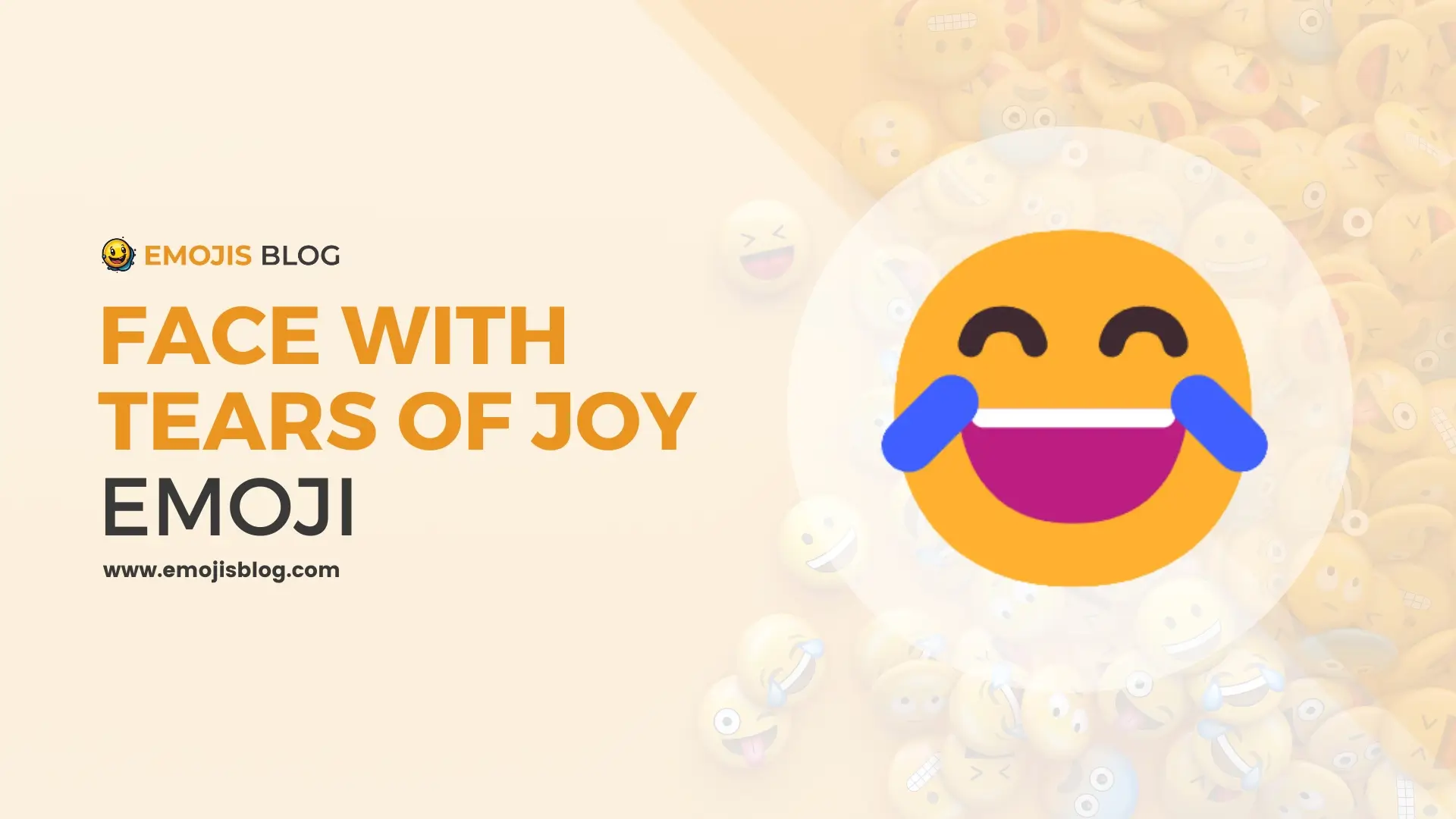What Does The Face with Tears of Joy Emoji Mean 😂
😂
What’s Face with Tears of Joy Emoji?
The laughing emoji 😂, officially known as “Face with Tears of Joy,” is a widely recognized digital icon used in electronic messages and web pages. This emoji depicts a laughing face with tears streaming from the eyes, symbolizing a state of hilarity or extreme amusement. It is commonly employed to convey laughter, joy, or a sense of relief in response to something funny or overwhelmingly positive. Its popularity has made it a staple in modern digital communication, often used to express emotions that are hard to capture with words alone. However, its interpretation can vary based on context, age group, and cultural differences, making it a versatile yet complex element of contemporary online interaction.
Technical Information
| Attribute | Details |
|---|---|
| Official Name | Face with Tears of Joy |
| Unicode Character | U+1F602 |
| Introduced in | Unicode 6.0 (2010) |
| Emoji Version | Emoji 1.0 (2015) |
| Category | Smileys & Emotion |
| Subcategory | Face-Smiling |
| Shortcode | :joy: (varies by platform) |
| Description | A yellow face with a big grin and tears in its eyes, typically showing something is so funny that it brings tears of joy. |
| Typical Usage | To indicate laughter, amusement, happiness, or that something is funny or pleasing. |
| Variations Across Platforms | Design may vary slightly across different platforms (Apple, Google, Microsoft, etc.), but the core concept remains the same. |
| Cross-Platform Compatibility | Yes, widely supported across major platforms and devices. |
| Common Misinterpretations | Sometimes mistaken for crying due to the tears, or used sarcastically in a way that might be misunderstood. |
| Cultural Relevance | One of the most popular emojis, often associated with humor and joy in digital communication. Can have varying significance based on cultural and generational contexts. |
Understanding the Laughing Emoji 😂: A Deep Dive into Digital Expression
In the digital age, communication has transcended beyond words. Emojis, the colorful icons that populate our messages, have become a language of their own. Among these, the laughing emoji 😂 holds a special place in our digital lexicon. This article explores the meaning, usage, and cultural significance of the laughing emoji.
The Origin of the Laughing Emoji
Historical Background
The laughing emoji, officially known as “Face with Tears of Joy,” was first introduced in emoji sets in the early 2010s. It originated from Japanese mobile phone culture, where emojis were widely used to add emotional context to text messages.
Design and Evolution
Initially, the design of the laughing emoji varied across different platforms, but it generally depicted a smiling face with tears sprouting from the eyes, symbolizing extreme amusement. Over time, the design has become more standardized, with slight variations across different operating systems.
Interpretation and Usage
Literal Meaning
At its core, the laughing emoji represents intense laughter. It is often used to respond to something considered extremely funny or amusing. The tears symbolize a level of hilarity that brings the user to tears.
Contextual Use
The context in which the emoji is used can alter its meaning. Sometimes, it’s employed sarcastically or ironically. In other instances, it can be used to lighten the tone of a message or to show relief and joy.
Cultural Impact
Popularity
The laughing emoji has been one of the most popular emojis used in digital communication. It has been frequently ranked at the top in various emoji usage statistics, reflecting its widespread acceptance and use.
Influence on Communication
This emoji has significantly influenced online communication. It allows users to convey emotions that might be difficult to express through text alone. Its use has become so prevalent that it often replaces textual expressions of laughter, such as “haha” or “lol.”
Controversies and Criticisms
Generational Differences
There’s a generational divide in the perception of the laughing emoji. Some younger users view it as outdated or associate it with older generations. This shift reflects the ever-evolving nature of digital communication.
Misinterpretation
The laughing emoji can sometimes lead to misunderstandings. What one person finds hilarious, another might find offensive, leading to conflicts in digital conversations.
Conclusion
The laughing emoji 😂 has become more than just a digital icon; it’s a significant part of modern communication, reflecting our emotions and reactions in a way words alone cannot. As digital communication continues to evolve, the role and interpretation of emojis like the laughing emoji will undoubtedly shift, but its impact on the way we communicate today is undeniable. Whether it’s a symbol of genuine amusement, a tool for sarcasm, or a marker of generational differences, the laughing emoji remains a fascinating subject in the study of digital communication.

